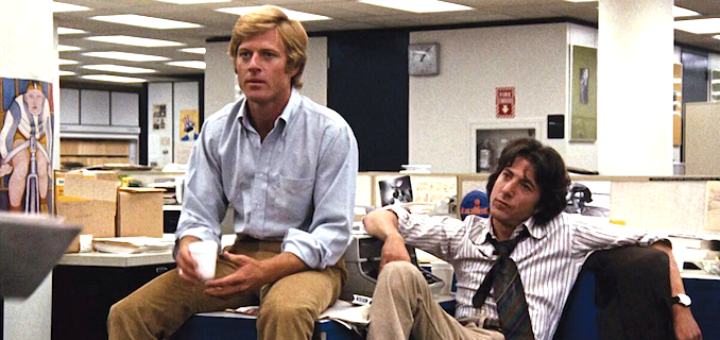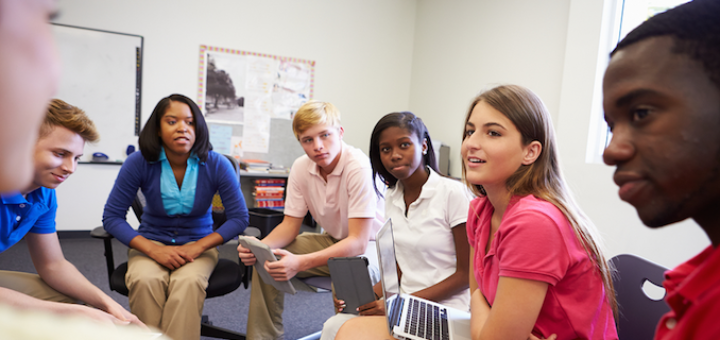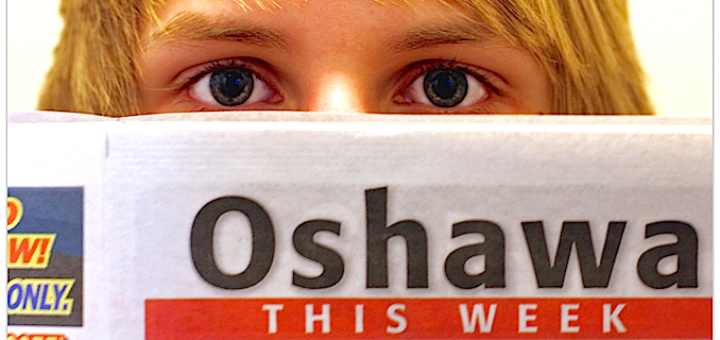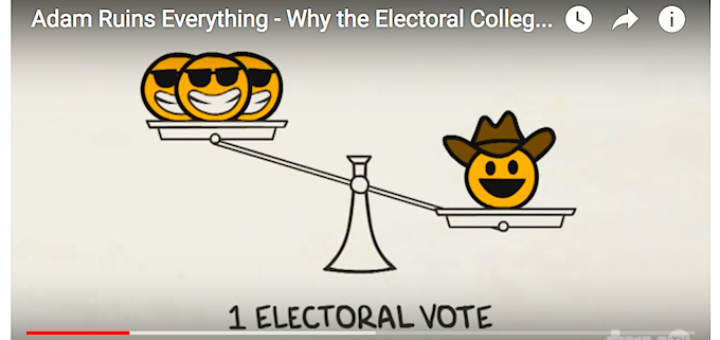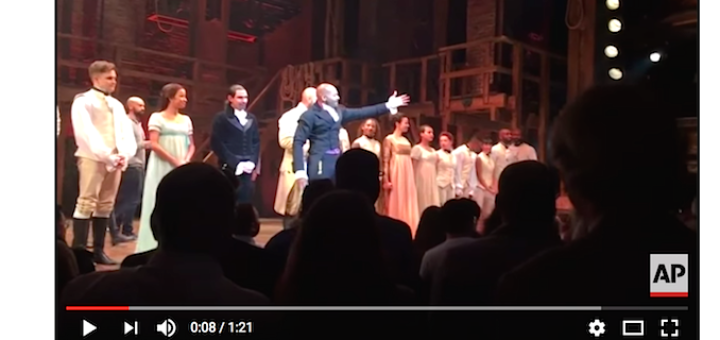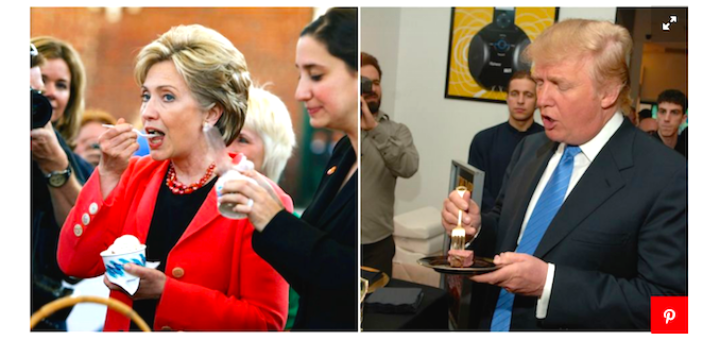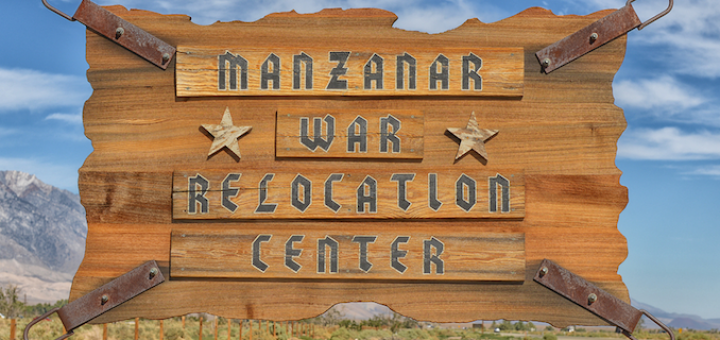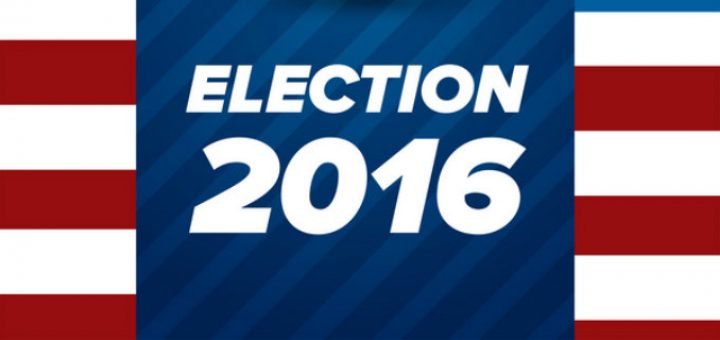Tagged: Future of History
Showing short video clips to her history students is easy for Sarah Cooper to justify, but with full-length movies she is more cautious about the time investment. Here she shares three films that make the cut: Iron Jawed Angels, Glory, and All the President’s Men.
Bit by bit, during each Friday’s 43-minute current events session, Sarah Cooper’s eighth graders come closer to a democratic classroom culture that students really own – through their ideas, through their questions, through their wondering how the world works.
Social studies teacher Sarah Cooper improved classroom conversation and debate when she let students select and then rate current events articles as “super,” “okay,” or “not that great for discussion.” Cooper shares her process and some samples from each category.
Discussing political news in class continues to feel like “walking on glass barefoot,” says Sarah Cooper. She’s drawn toward humorous interpretations of current events to reduce tensions. After some trial and error, Cooper uses four criteria for video selection.
With post-election “vitriol” just below the surface in her classes, Sarah Cooper employs of a familiar history teaching tool: shifting perspective. First students discuss the Hamilton cast’s statement to VP-elect Mike Pence – then Jefferson’s slave ownership.
The idea of asking students to create eye-catching, source-rich websites is appealing, writes history teacher Sarah Cooper. But are the two weeks spent learning the tech and developing content a good investment of class time? She reflects on both sides of the issue.
This fall Sarah Cooper is taking her usual current events unit in a fresh direction using a favorite strategy: layering news from today and yesterday. To demonstrate, Cooper draws on everything from suffragette “campaign” quotes to a John Oliver clickbait tirade.
How do we overcome the perception that history is boring? Connecting the past directly to students’ life experiences is a flawed strategy, history educator Lauren Brown believes. Teachers should focus less on “relevant” and more on “meaningful” and “interesting.”
Can history teachers apply Design Thinking ideas to a subject often taught as a progression of facts? Jody Passanisi thinks so. “What could be more relevant than looking for solutions to challenges that were created in the past and are still having impact today?”
Sarah Cooper’s spring U.S. history classes provided a dress rehearsal for the upcoming fall election season. Here are six classroom-tested strategies she plans to use during Constitution studies as her middle schoolers experience America’s often volatile political process first-hand.

